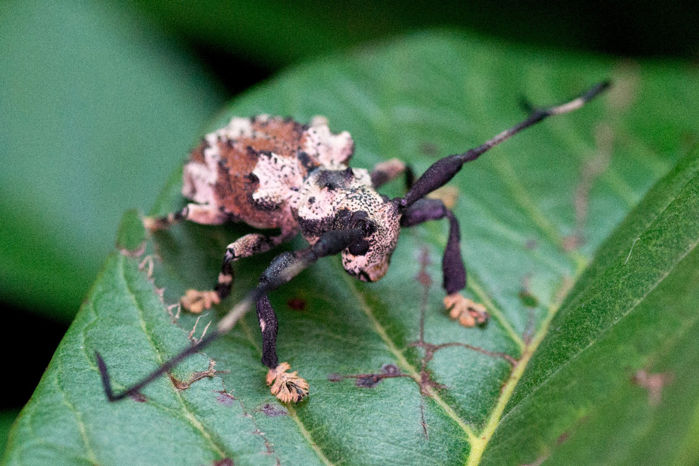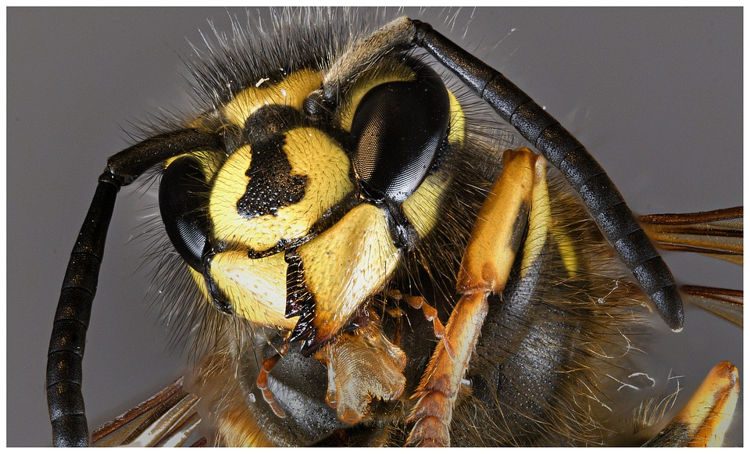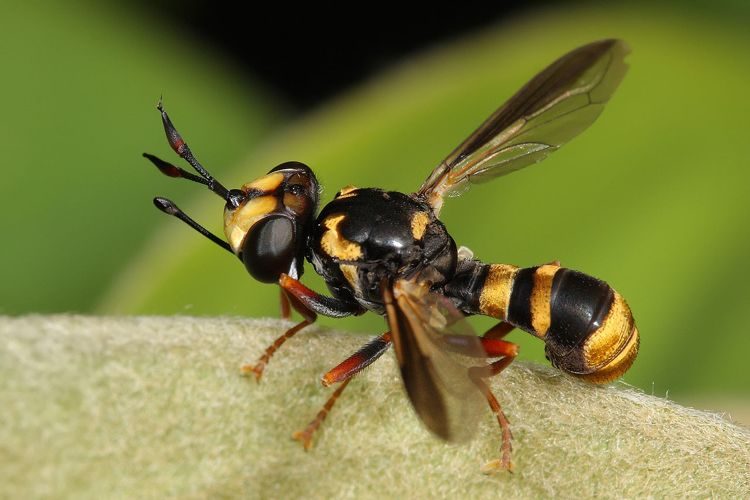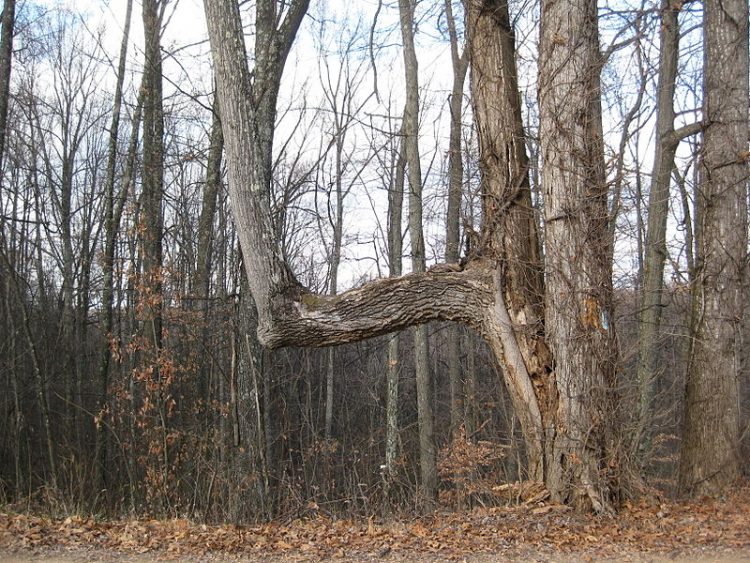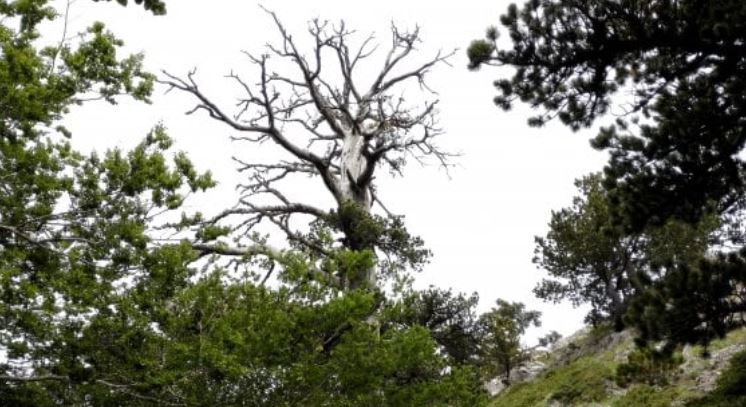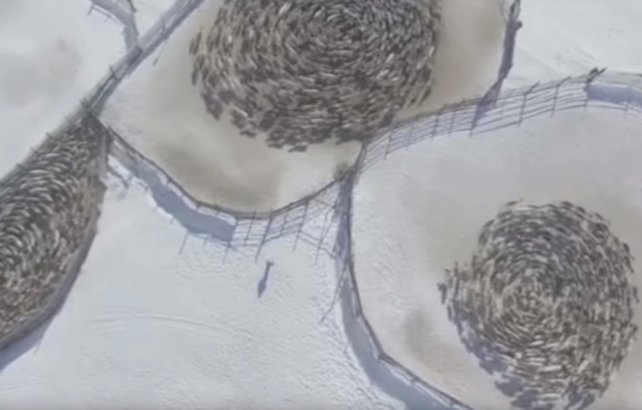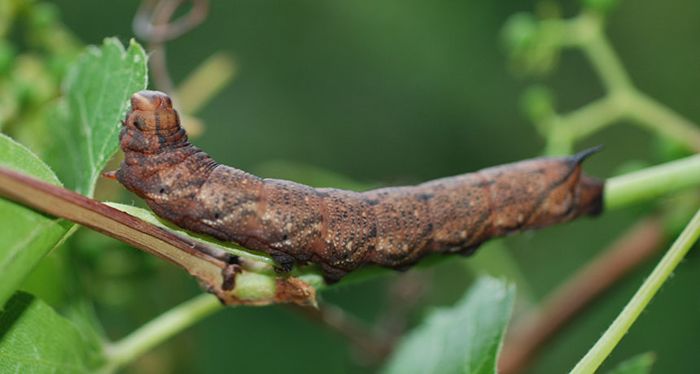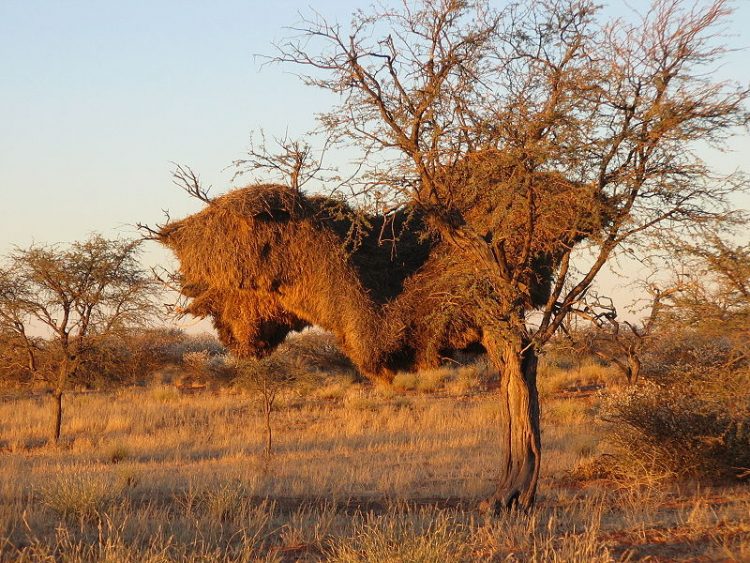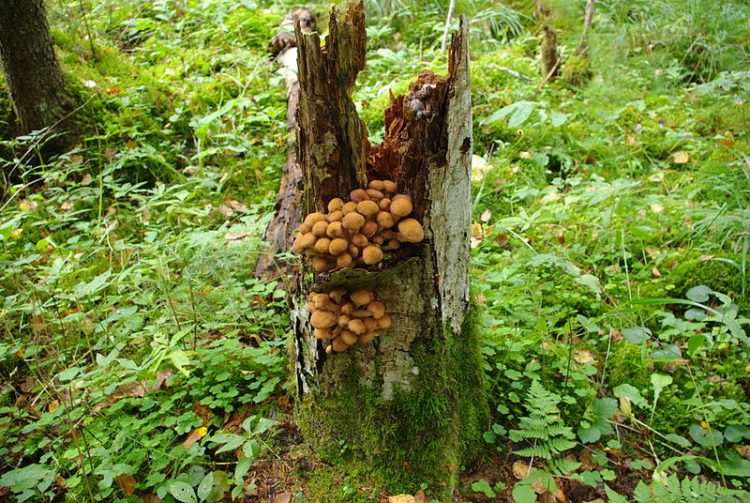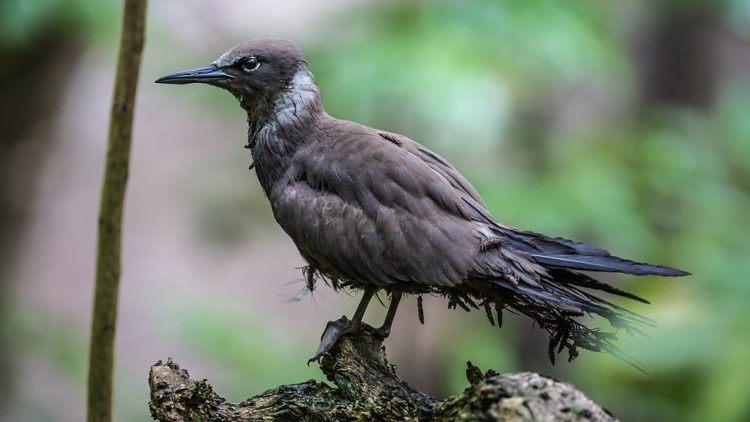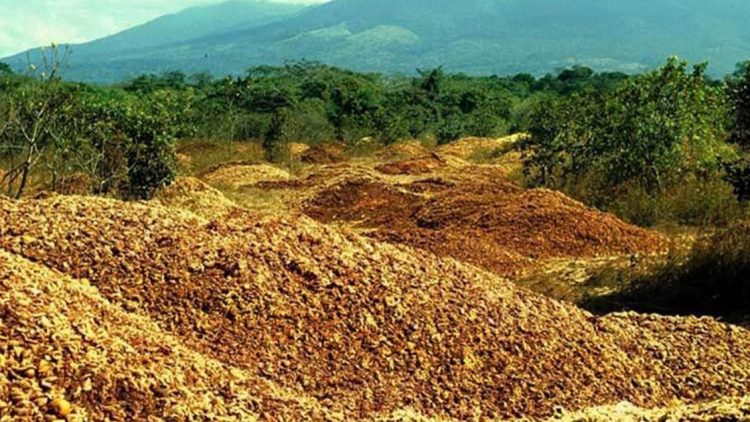Ma Sanxiao, a 70-year-old double amputee and army veteran from Jingxing, North China’s Hebei province, has pent the last 19 years of his life planting thousands of trees and turning the once barren hills surrounding his village into a small forest.
Ma was diagnosed with blood poisoning in 1974, while serving in the Chinese Army. His condition got worse after he retired, and eventually had both legs amputated because of it – his right leg in 1985, and the left one in 2005. After seven major operations and constant medical treatments, he could barely afford to take care of his family, and ,because of his disability, finding a job proved very difficult. His veteran subsidy was enough to cover his medicine, but he couldn’t remain idle, so in 2000, after getting inspired by another tree-planting story on TV, the double-amputee started planting parasol trees in the barren hills around his remote village, with the intention of selling them for profit.


